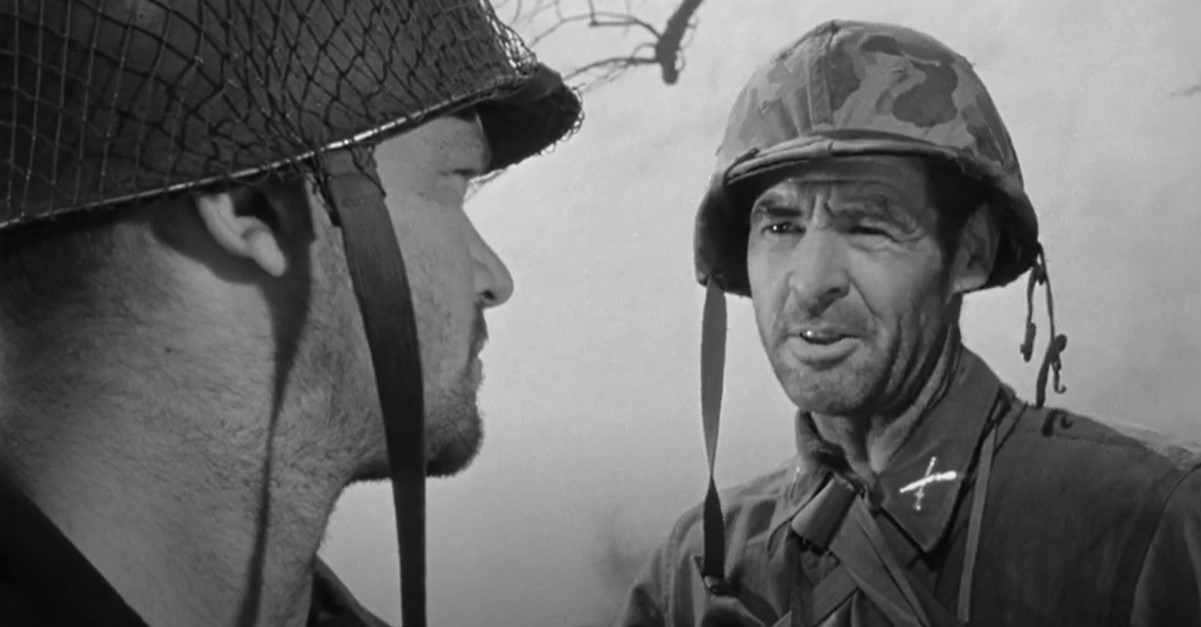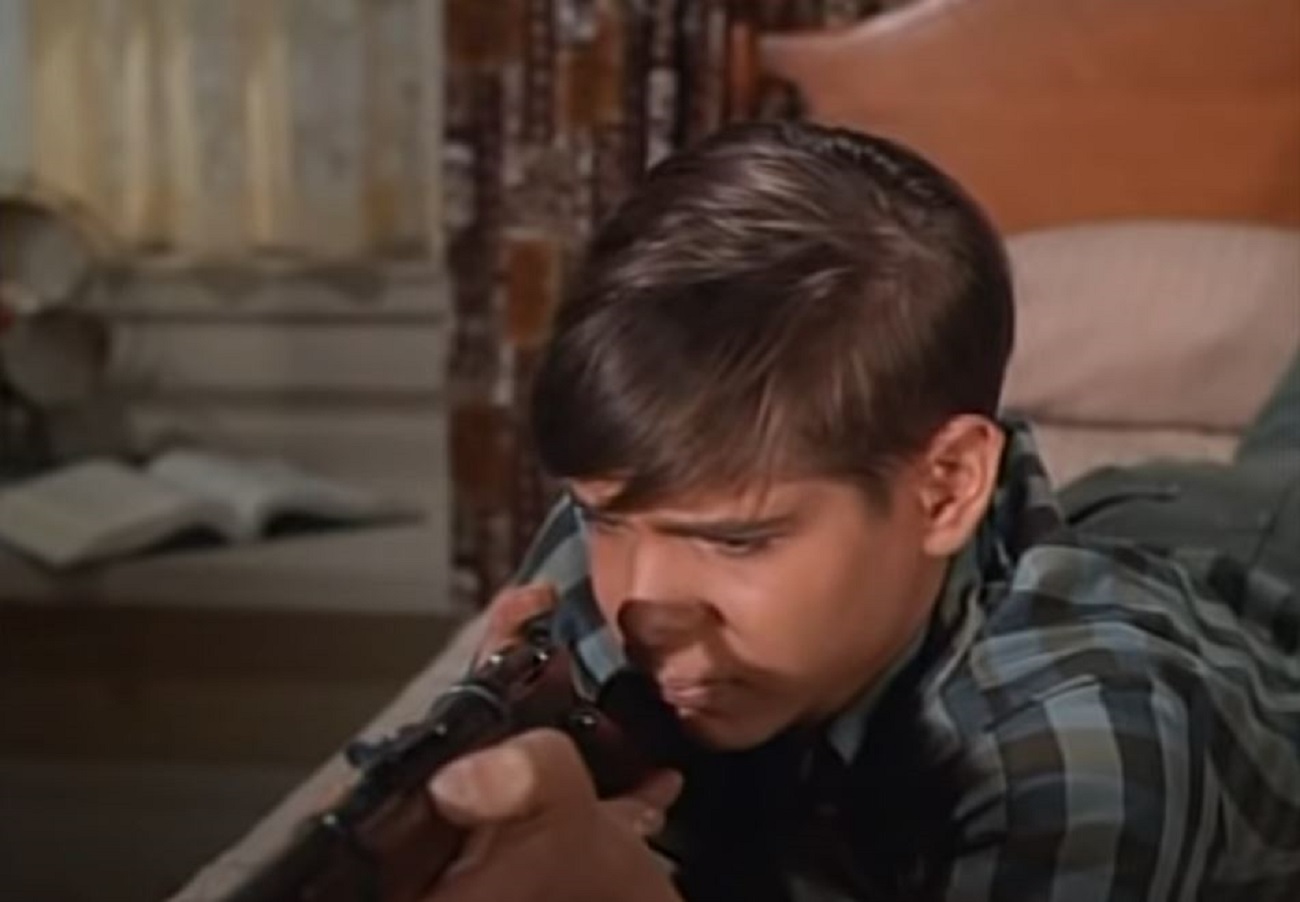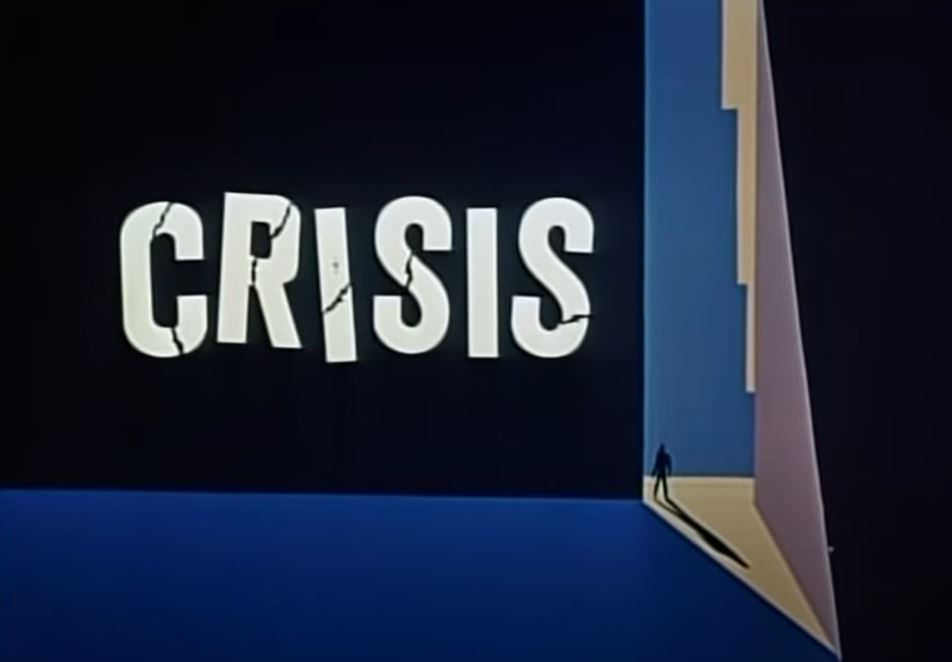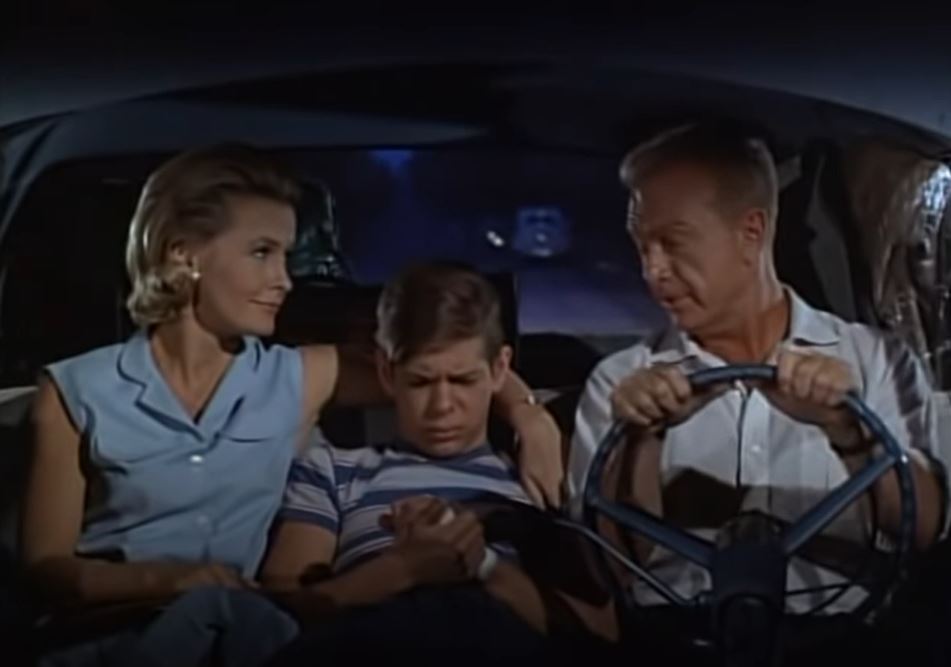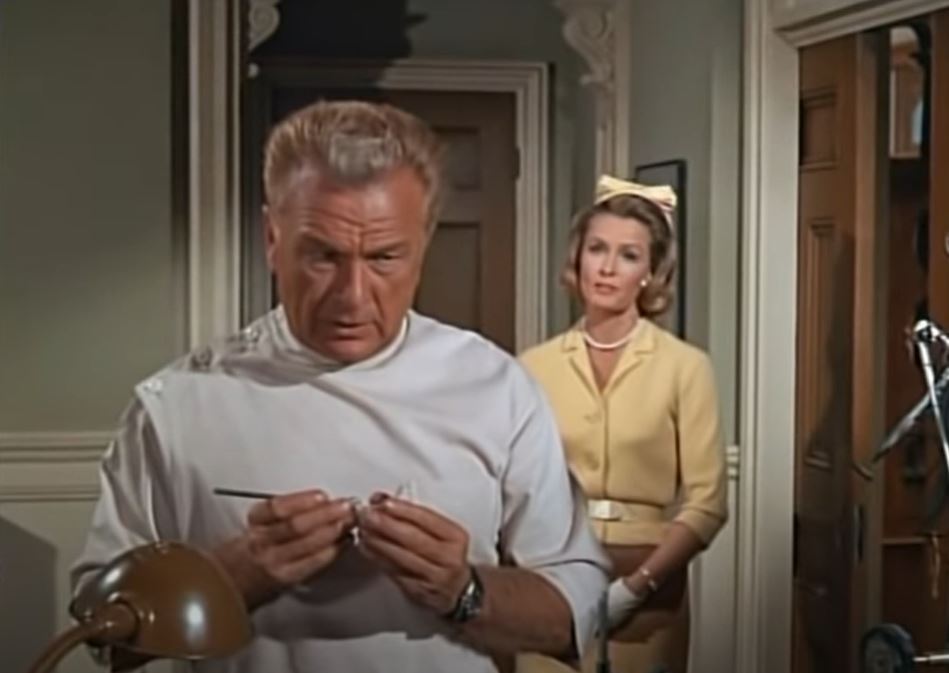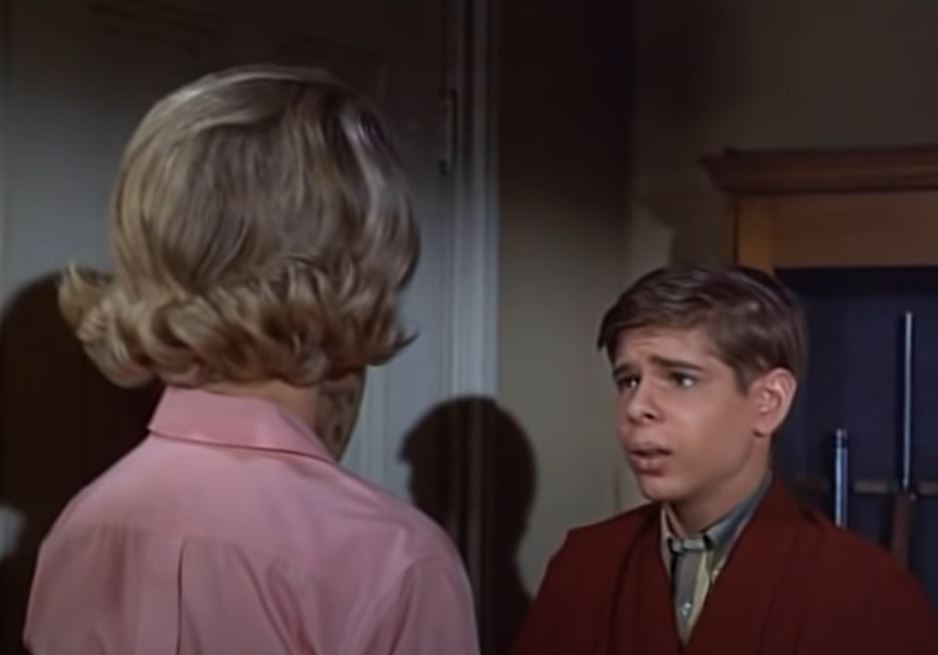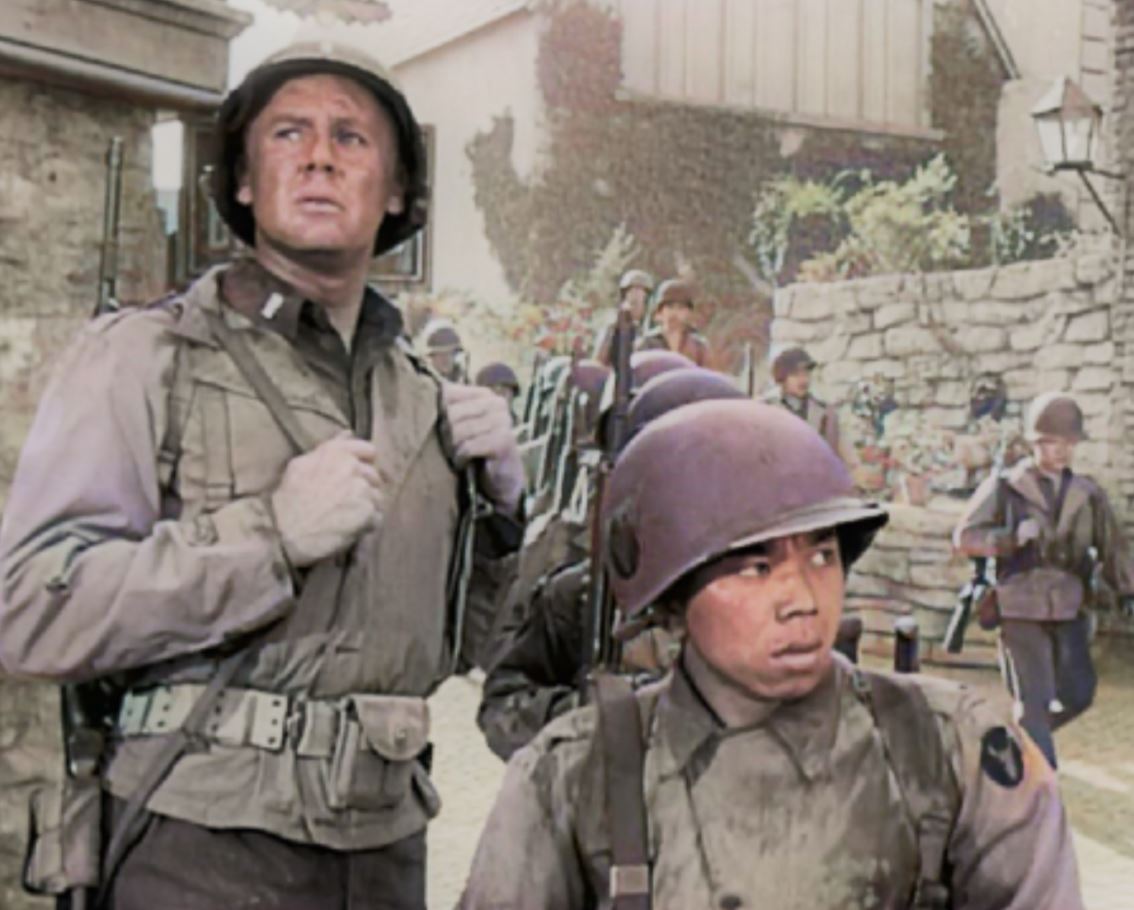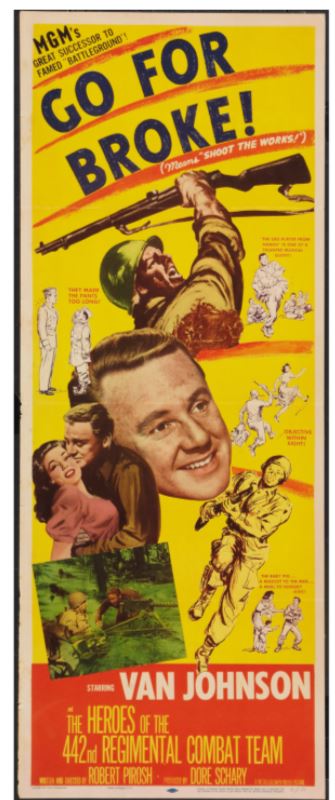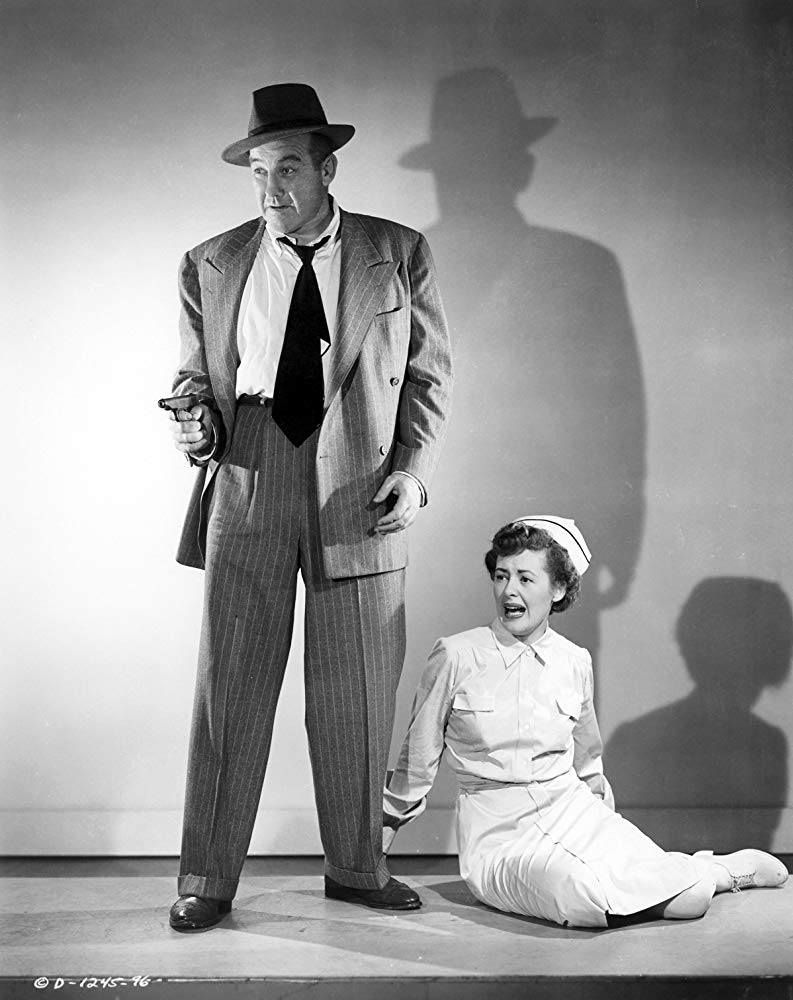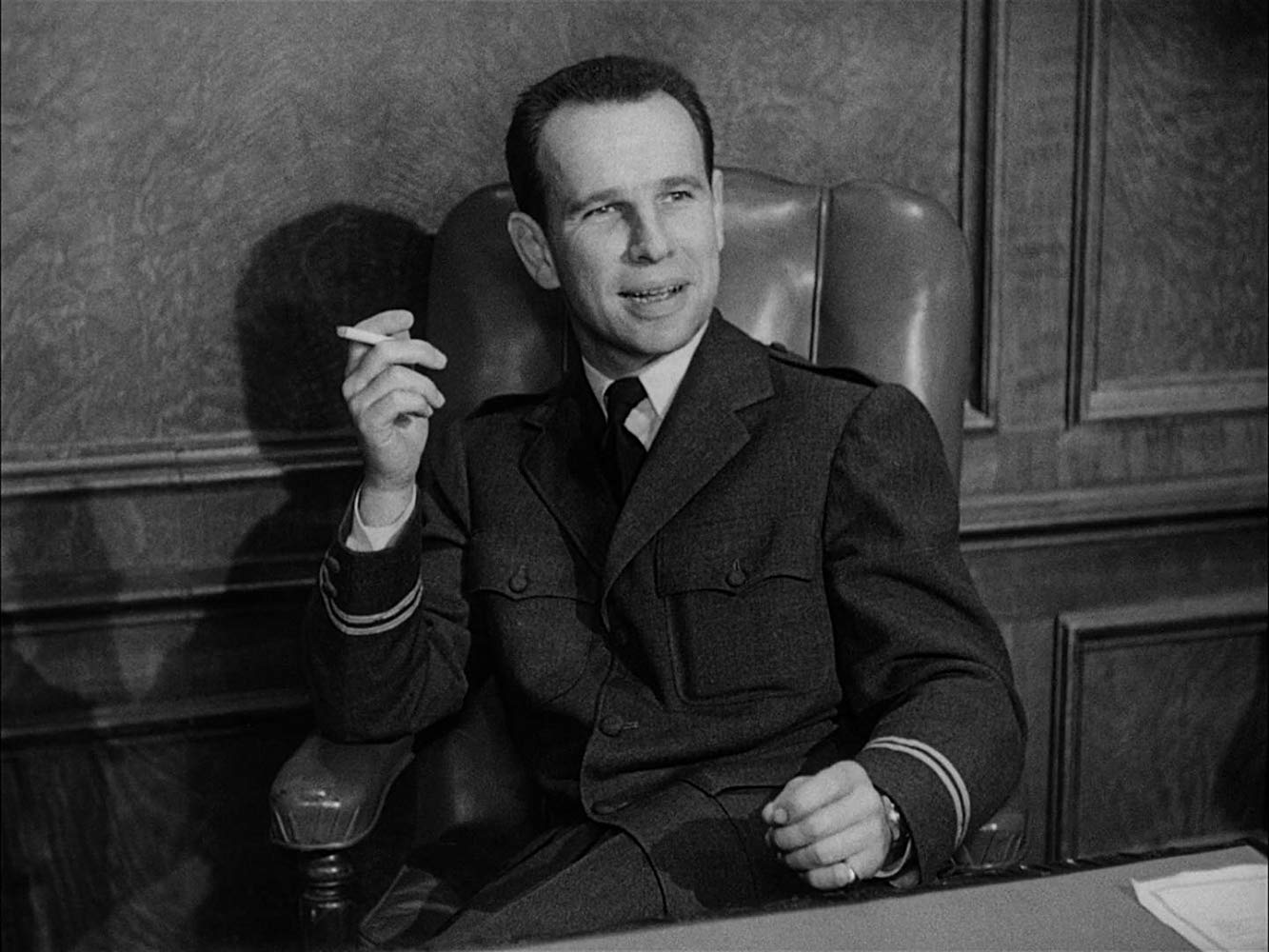One more step and I’ll fill your guts with lead.
That’s the tagline on one of “Men in War’s” posters, with Aldo Ray’s character Montana leveling his gun at Robert Ryan.
If you’re a battle-hardened veteran of World War II movies made in the 1950s, you’ll like this one. For one, it’s Korea, not WWII.
For another, there’s not a lot of jingoistic flag-waving, if any. Robert Ryan was a pacifist–his wife a Quaker–who later came to regret some of his characters as being against his beliefs.
The “lost platoon” story premise has been used for as long as stories have been told. Here, Ryan and his men are behind enemy lines and need to get back to the rest of the 24th Infantry Division.
“Men in War” is a tough little drama that confounds many of the war cinema stereotypes of the Fifties. We have cowards, one played by Vic Morrow. We have those who kill, seemingly without logic. Many of the deaths are gritty; no Wilhelm screams here.
Interestingly, “Men in War” was filmed largely at Malibu Creek State Park, the future site of the Korean War M*A*S*H (also filmed at Bronson Canyon).
Michael Phillips quotes J.R. Jones’ biography of Ryan, saying that the movie is
downright existential, focused like a telescope on the wild terrain and the men’s desperate, improvised tactics against an encroaching but unseen enemy.
One of the actors is still with us today: the seemingly immortal Nehemiah Persoff (born 1919), living in Cambria, California. Persoff lost his wife, Thia, in 2021, but he’s reportedly still alive and painting near Moonstone Beach.
“Men in War” hits a sweet spot, at least with me, in that it’s unique enough to snag my attention but old-school enough that it’s comfortable Saturday morning fare.
